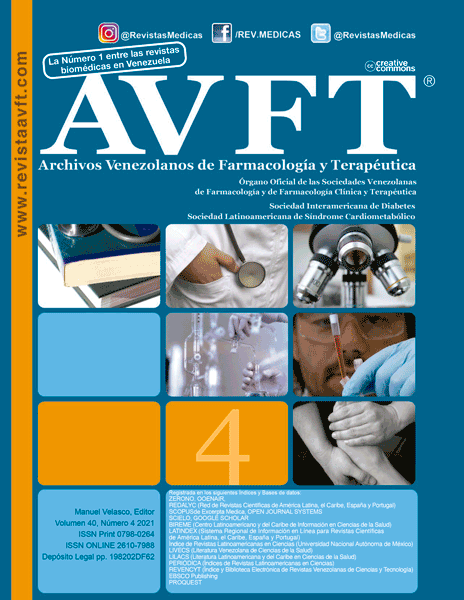Transthoracic echocardiographic assessment of global left ventricular perfusion before and after percutaneous coronary intervention in patients with chronic stable angina
Keywords:
coronary sinus blood flow, PCI, echocardiography, coronary artery diseaseAbstract
Background: percutaneous coronary intervention for symptomatic patients with chronic stable angina improves coronary artery blood flow and hence the left ventricular perfusion. Transthoracic echocardiography that is simple, non-invasive and cost effective technique, can provide an efficient procedure for measuring coronary sinus blood flow. Objectives: to assess coronary sinus blood flow (CSBF) and global LV perfusion in the coronary sinus using 2 D and Doppler transthoracic echocardiography in patients with chronic stable angina before and after Percutaneous Coronary Intervention. Patients and methods: Ninety-two (92) patients with stable chronic coronary artery disease chosen after admission for diagnostic (and/or therapeutic) catheterization have been enrolled in the current study at the Department of Catheterization and Echocardiography in Baghdad teaching hospital. After admission for coronary angiography, 63 patients had positive coronary lesions and proceeded to percutaneous coronary intervention (PCI). Fifty 50 normal healthy adults with no coronary artery disease CAD or CAD risk factors served as the control group. Standard 2D and Doppler echocardiography was performed and CSBF, CSVTI, CSPG LV mass and LV perfusion were registered. Results: Basic parameters were the same between the two groups (P˃0.05). Controls had significantly higher CSBF, global LV perfusion and lower LV mass than the cases group (3.04±0.7 mL/min/gm, 501.64±63.8 mL/min and 99.97±9.4gm/m2 in controls vs 2.11±1mL/min/gm, 223.15±55.7 mL/min and 195.74±68.6 gm/m2 in the cases group). The positive group also showed significant increase in CSBF 438.09±89.9 ml/min (p value less than 0.05) after successful PCI. The same applied for the global LV perfusion which increased to 2.537±1.06 mL/min/gm. Conclusion: This study revealed that the transthoracic echocardiographic measurement of the coronary sinus blood flow is a valuable tool to assess the results obtained by angiography and it can be used as a practical and reproducible method for observing the changes in cardiac perfusion before and after percutaneous coronary intervention in patients with chronic stable angina.




